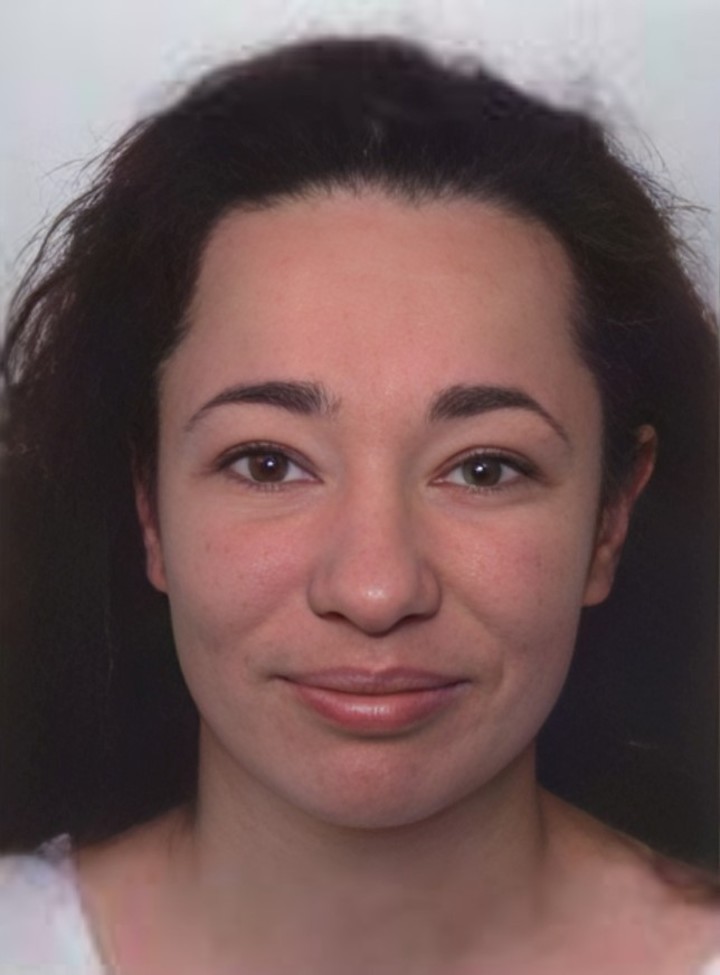Thomas Thwaites, a conceptual designer from England, is passionate about how humans could use technology to fulfill desires. So in September 2014, he spent six days at a farm in the Swiss Alps, using technology to realise his dream of living like a goat!
Thwaites designed special prosthetic limbs that allowed him to move on all fours, and even had a fake stomach fitted so he could graze on the open meadows. “My goal was to take a holiday from the pain and worry of being a self-conscious being, able to regret the past and worry about the future,” he said. He wanted to experience being a “nonhuman animal,” which he believed would be a lot “calmer and simpler” without the “existential terror” of everyday life.
Photo: Tim Bowditch
Unfortunately, life as a goat wasn’t exactly as carefree as Thwaites expected it to be. He found that it was quite challenging to keep up with his herd which didn’t even accept him at first. “I found myself at nearly the highest point on the hill of the whole herd of goats, and there was this moment where I looked and noticed that all the other goats had stopped chewing and were looking at me,” he told Motherboard. “I hadn’t been scared at all before, but I suddenly became aware of their quite sharp and pointed horns.”
“A particular goat that I’d been hanging out with a lot seemed to have defused the situation. I might just be making human stories in my brain, but that’s what it seemed to me,” he joked.
Photo: Tim Bowditch
And there wasn’t enough time to get used to the prosthetics – the artificial limbs placed a lot of weight on his real arms, making downhill travel extremely painful. “I was able to keep up for maybe a kilometer or so on this migration down the side of this kind of rocky mountain, and then they just left me in the dust,” he said. “So I spent the rest of the day trying to catch up to them and eventually I found them again, and it was quite nice, in the actual soft grassy pasture bit.”
“But actually heading down the mountain was petrifying,” he added. “Because if I fell I didn’t have any hands to stop me from hitting a rock.” It was also too cold and rainy for him to spend the nights with the goats outside, so he set up camp with his team each night. But he eventually got used to the routine and ended up traveling three days with the herd and spending three days as a solitary goat.
Photo: Tim Bowditch
Some of Thwaites’s previous projects were centered around the future of genetic engineering and a hypothetical god-like service called Nebo. The main goal of his bizarre goat project was to figure out if humans could enhance their physical capabilities using technology in the future. “Posthumanism, transhumanism technology and stuff, is about allowing humans to achieve their desires in a way,” he said. “And I guess desires aren’t necessarily to become super intelligent.”
Thwaites plans to exhibit photos from his project at London’s Studio1.1 Gallery this September. He’s also working on a book based on his experiences, titled Goatman: How I Took a Holiday from Being Human.
Photo: Tim Bowditch
If, by any chance, you would also like to experience life as a goat, but have no idea how to build prosthetics like Thomas Thwaites, we recommend a much more comfortable alternative – the Goat Simulator video game.
















